Celebrating 60 years alongside Waikato University Alumni Olympians
The University of Waikato Alumni and Friends hosted some of its Olympic sporting alumni last week in celebration of the University’s 60th anniversary.
Join our vibrant alumni and friends community at University of Waikato. Stay connected, access exclusive benefits, and celebrate your success with us.

We welcome the University of Waikato's graduates, staff and friends to our alumni and friends community. We encourage you to stay in touch with us as we seek to connect you with valuable learning opportunities to increase your knowledge and help you in your careers.
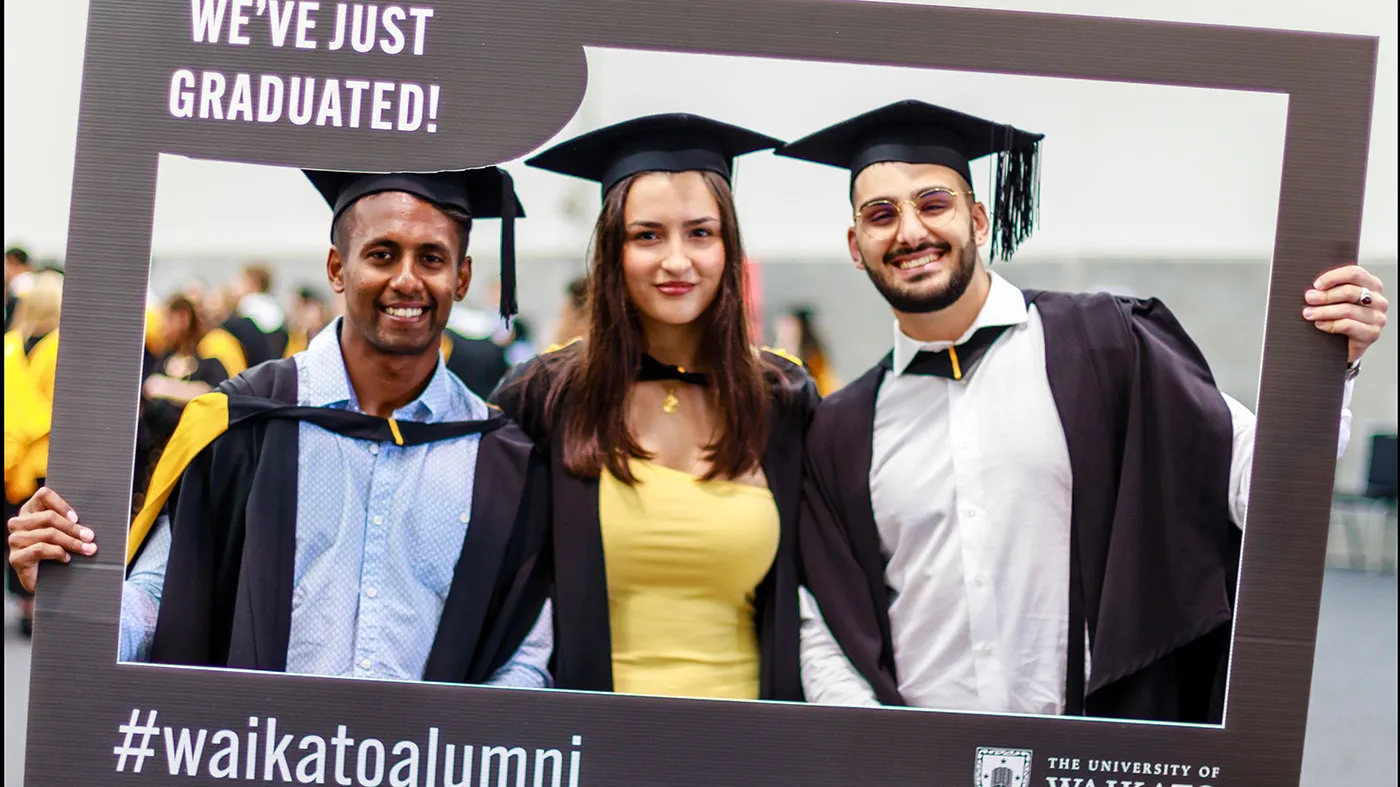
We love hearing from our alumni. Connect with us and keep your details up-to-date so we can share news and celebrate your future success.

It's always an honour to be able to share in the successes of The University of Waikato Alumni and Friends. Warmest of congratulations to Tania Te Rangingangana Simpson for being awarded an ONZM in the 2024 New Year Honours List.
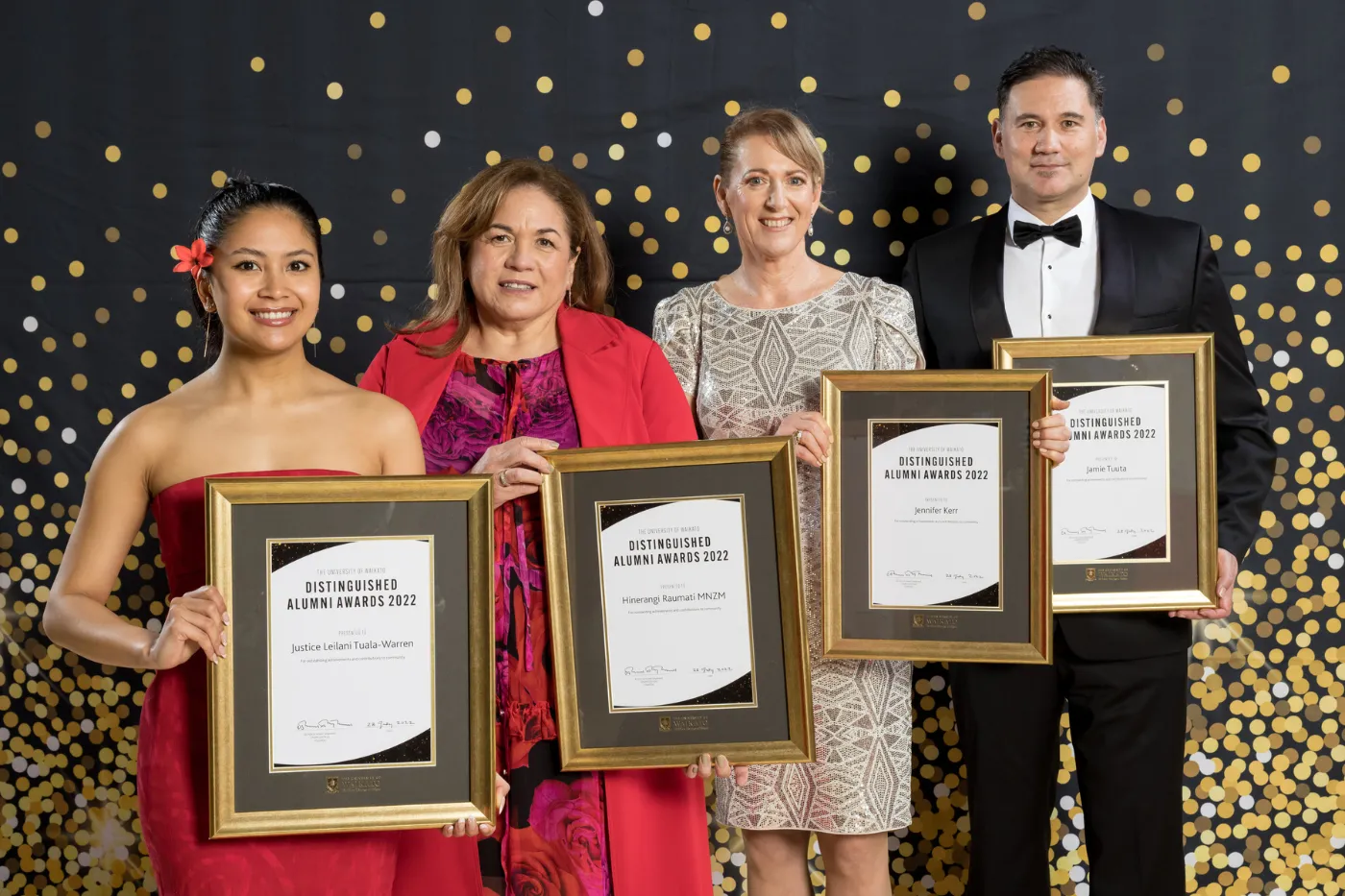
The University of Waikato celebrates and honours graduates who have made outstanding contributions to their professions or communities by presenting them with a Distinguished Alumni Award.
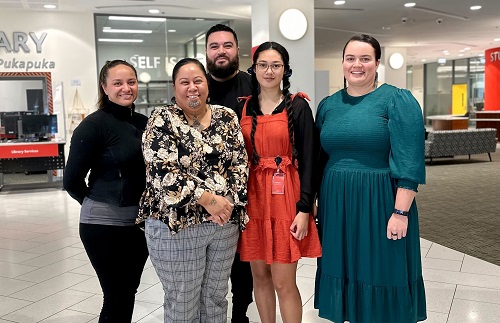
Alumni can join the Library free of charge. This includes in-person borrowing and access to a set of library databases specifically licensed for alumni use.
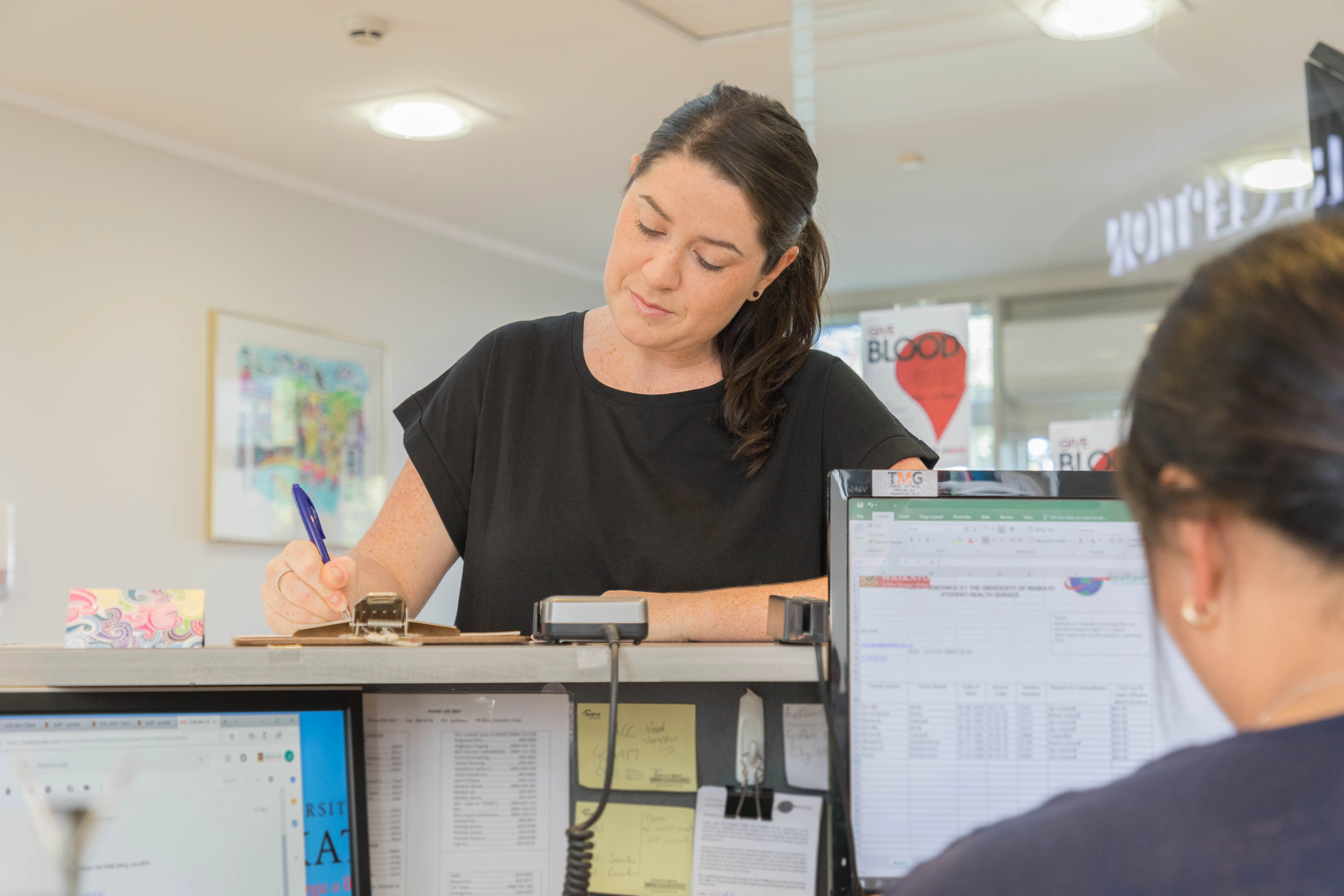
Alumni can access digital versions of academic transcripts and graduation documents through the My eQuals platform or by contacting Student Services.
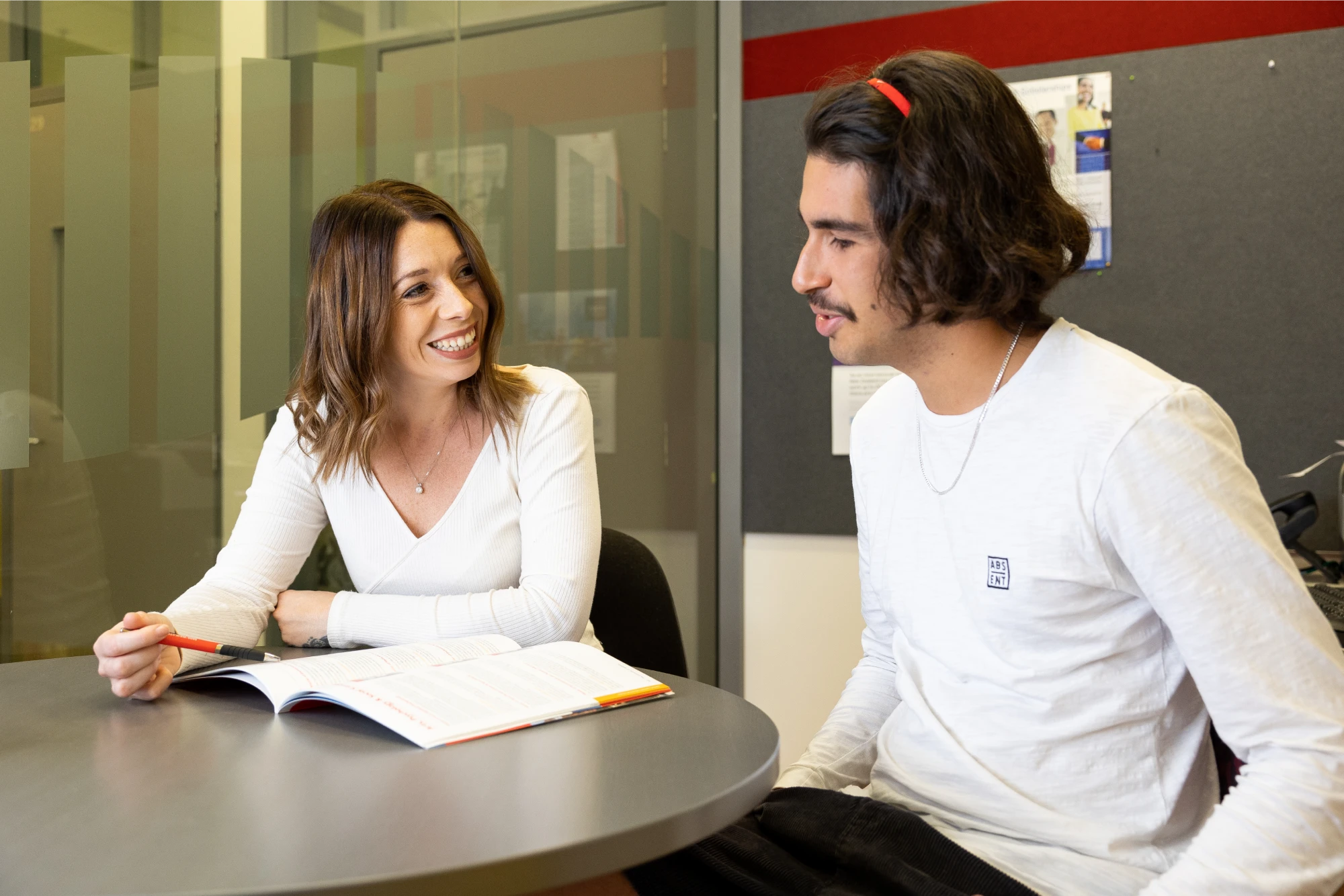
Careers Development Services offer a range of career development tools to support and enhance your employability skills and to refine your personal brand.
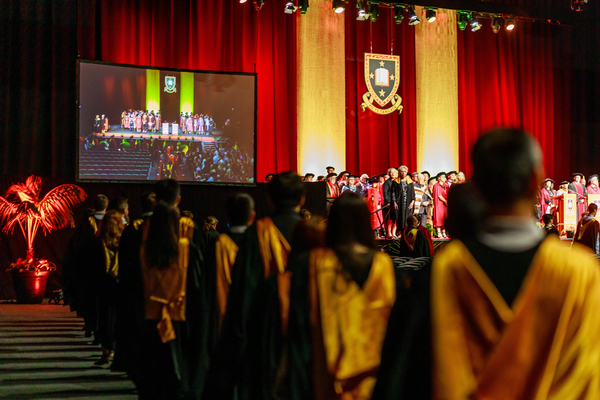
Each year, hundreds of new alumni join our community at graduation ceremonies. You can view copies of the University of Waikato's graduation programmes from 1967.

Show your friends you are Waikato proud with merchandise and memorabilia. Choose from hoodies, tracksuits, accessories or get one of each.

We welcome and encourage donations from anyone with an active interest in Waikato University — including alumni, staff, students and members of the community.

Whether you want to gain new professional qualifications, pursue a personal ambition or change your career, the University has plenty of options for further study.
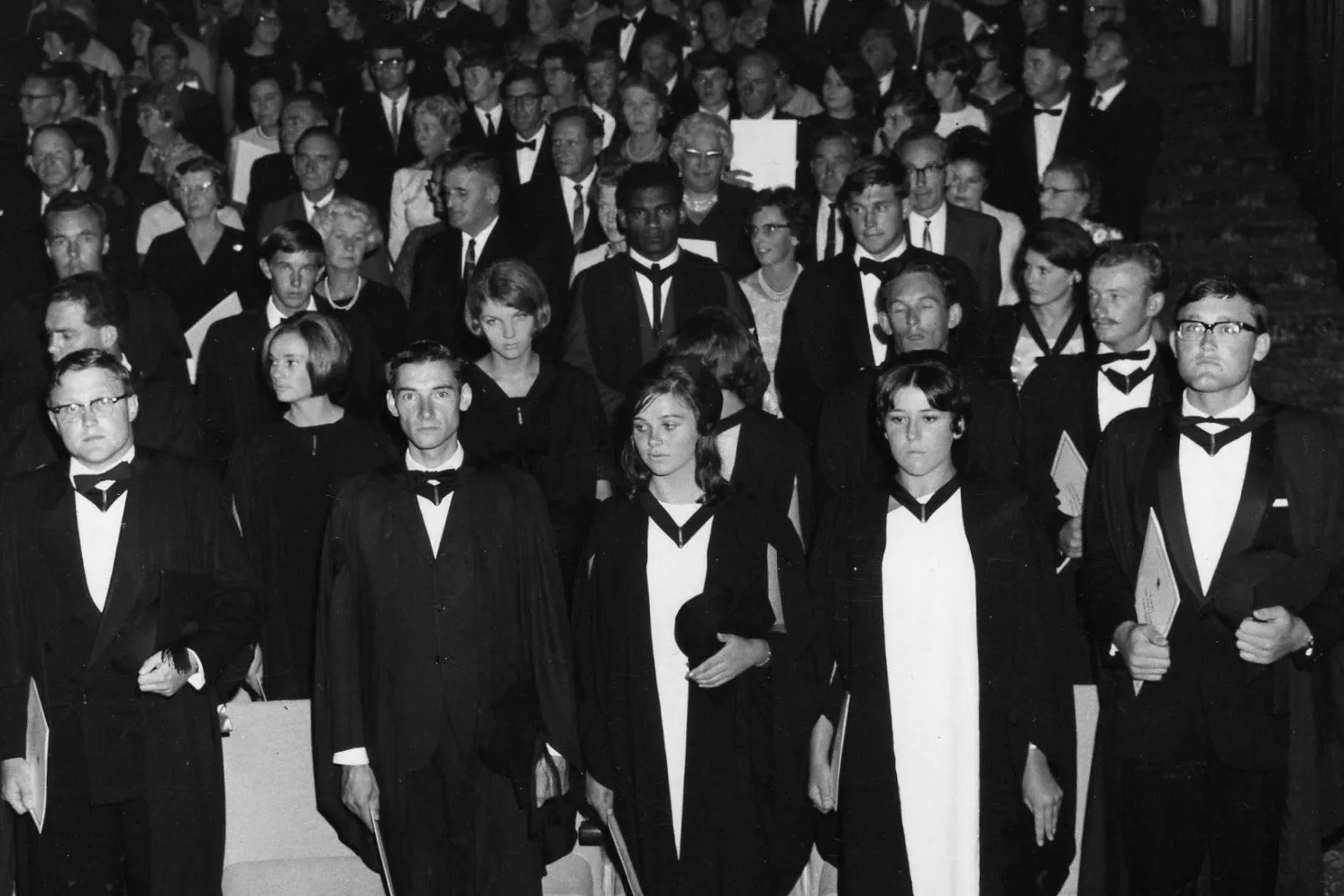
The University opened in 1964 after years of lobbying by a group of Hamilton locals, determined to improve their city. Today, we have thousands of students and more than 90,000 graduates.
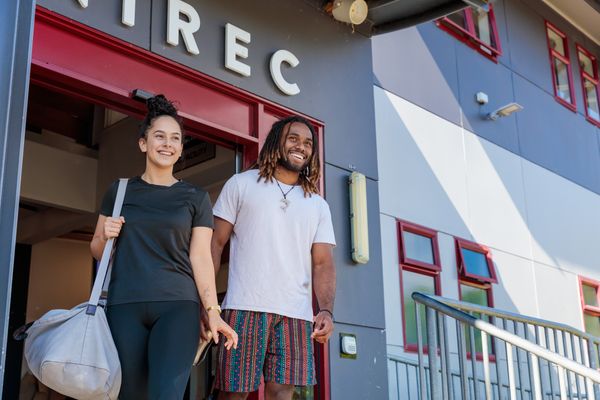
Keep active at UniRec gym. As a Waikato alumni, you can enjoy 10% off a community membership. Free seven day trials are also available.
You’re currently viewing the website as a domestic student, you might want to change to international.
You're a domestic student if you are:
You're an International student if you are: